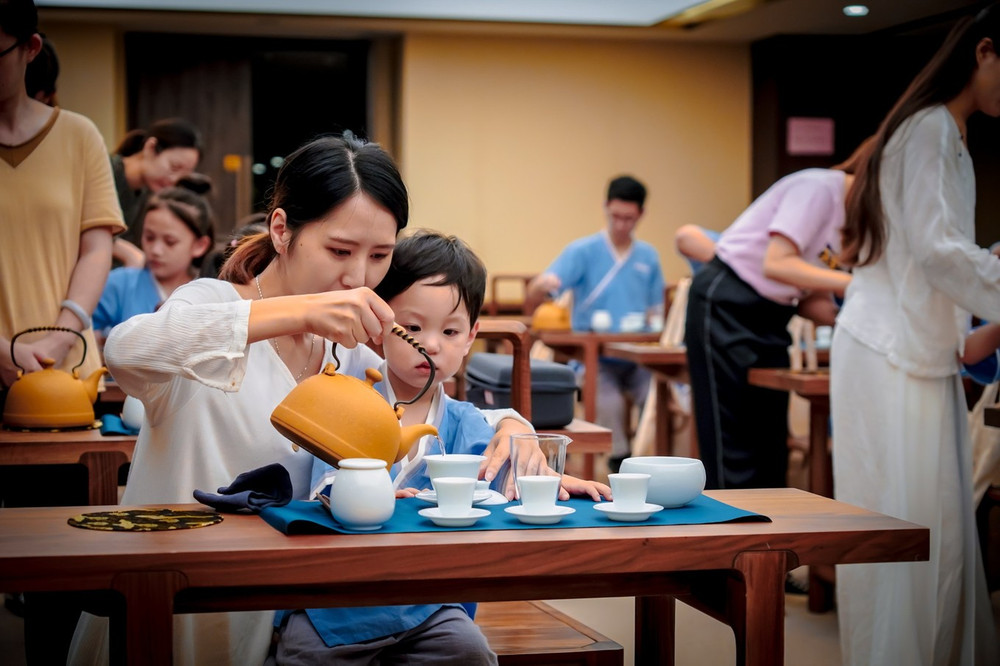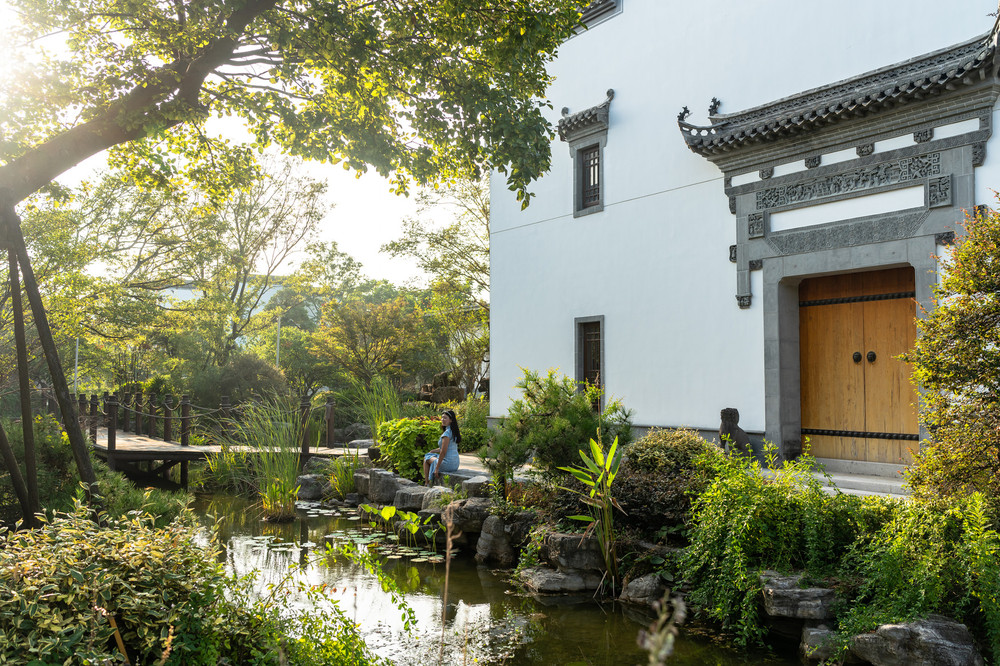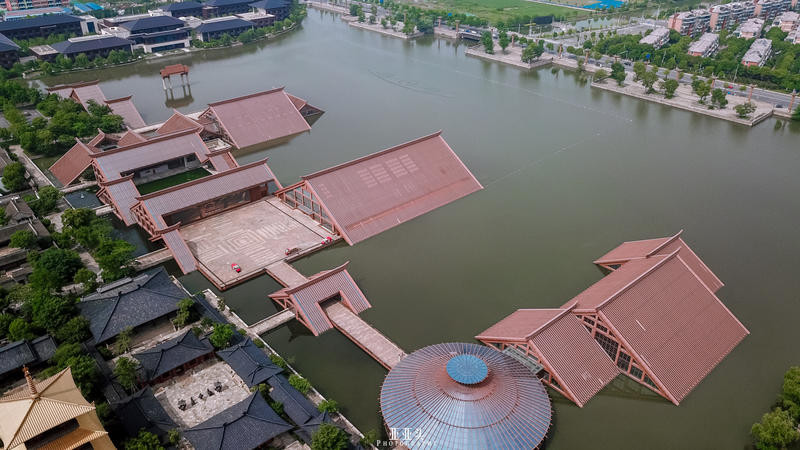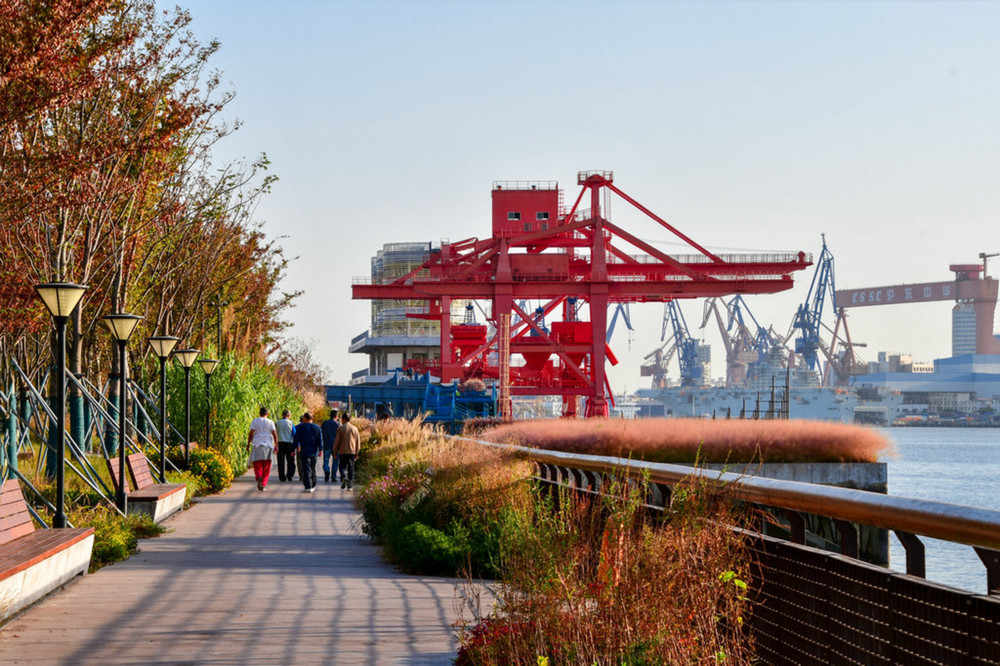Duration: 1 day. Time: July. Per capita cost: 100 yuan. With whom: Parent-child. Ways to play: Cultural, independent travel, weekend tour. The author visited these places: China Maritime Museum, Dishui Lake, Donghai Bridge, Shanghai Huangpu River, Paramount. Posted on July 14, 2020, 19:19.
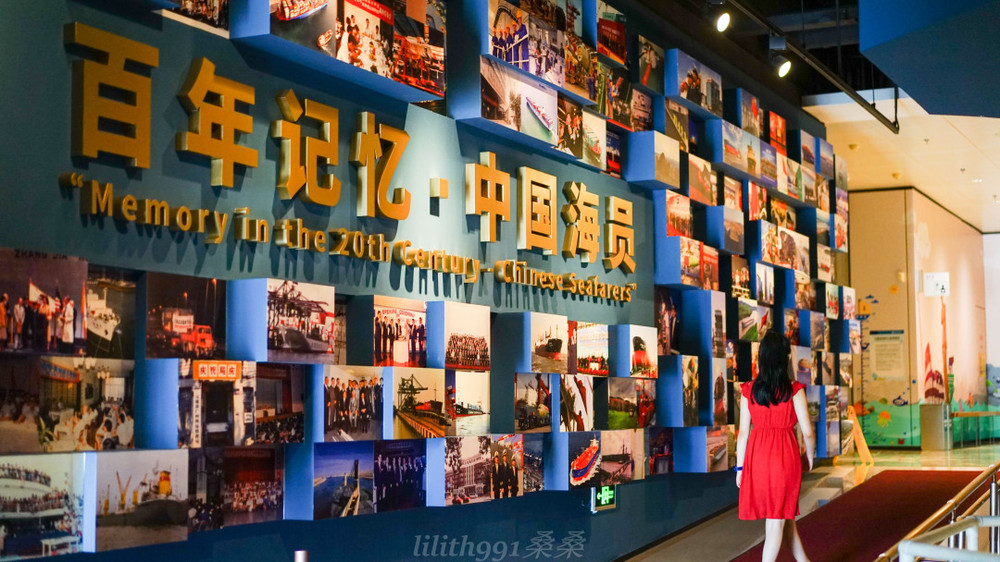
The Age of Great Navigation was once the best era and an indelible stroke in the brief history of humanity. That era is also the one I yearn for. Interestingly, the work of my family members is more or less related to navigation. So a visit to the China Maritime Museum is a must. This is an indissoluble bond.
Transportation:
– Bus routes include Longgang Express Line (at Shengang Avenue, Sanhu Xisan Road Station), Sangang Special Line (at Shengang Avenue, Sanhu Xisan Road Station), Shengang Route 1 (at Shengang Avenue, Sanhu Xier Road Station), and Shengang Route 3 (at Shengang Avenue, Sanhu Xisan Road Station).
– Subway route: Take Metro Line 16 and get off at Dishui Lake Station. Then take Shengang Route 1 inner loop (take 2 stops) and get off at Shengang Avenue, Sanhu Xier Road Station.
– Self-driving route: Outer Ring Road S20 (towards Pudong Airport) → transfer to S2 Expressway (towards Donghai Bridge) → Exit at Dishui Lake to the China Maritime Museum. The parking lot is relatively large, so self-driving is recommended.
Opening hours: 9:30 – 16:00. Admission stops at 15:30. Closed on Mondays, except holidays. In addition, due to the recent special situation, reservations are required and there is a limit on the number of people. Remember to make an appointment in advance on the Shanghai Tour Code.
Tickets: There are discounts recently. Adults: 30 yuan; college, high school and primary school students with student ID cards: 15 yuan; seniors aged 60 – 69 with valid certificates: 10 yuan; there are also quite a number of free admissions. In particular, there are free activities for seafarers, which is quite rare among museums.
In this plum rain season, sometimes I feel that I am not in Shanghai but on the sea. It’s a bit damp. Finding a day to go out without rain is really a miraculous existence. But on the day I went to the Maritime Museum, I was so lucky. It didn’t rain and the weather was not bad.
The float of Shanghai in the 70th anniversary military parade can also be seen here. You can take the elevator up these steps or walk up. It seems that you are walking on the nautical road that predecessors have walked.
Suggested visiting order: Ming Dynasty Fuchuan – Maritime History Museum – Seafarers Museum – Ship Museum – Temporary Exhibition Hall – Waterside Platform Activities – Maritime and Port Museum – Maritime Affairs Museum and Maritime Safety Museum – Military Maritime Museum – Cultural and Creative Center.
Ming Dynasty Fuchuan. Entering the door is actually on the second floor. You can directly see the exterior of the Ming Dynasty Fuchuan. However, this Fuchuan is very large in area. So if you want to see the whole picture, you need to look at it carefully layer by layer. And you can board the ship. Recently, only 10 people are allowed to board the ship at a time. This is a popular exhibition item here. Many children come to the Maritime Museum during the summer vacation mostly for this ship. This is a giant Ming Dynasty Fuchuan made in a 1:1 actual ship scale. It can really sail on the water, making us seem to return to the era of sail. That was the era when Emperor Yongle of the Ming Dynasty approved Zheng He’s voyages to the Western Seas. It was also the glory of feudal China. Although we regret missing the Age of Great Navigation, we have our own traditions and cultures.
Maritime History Museum (key point). If you want to find a guide, you may stay here for a relatively long time. This place tells the history of navigation, from rafts and dugout canoes to sails and the process of mechanization. Here resides the museum’s most ‘valuable’ Spring and Autumn Dynasty Great Wing Warship, arguably one of the treasures of the museum. Its high value is not only due to the ship being made entirely of pure gold but also because of the intricate details. The soldiers and oarsmen on the two decks, and even the bows and arrows used in battles, are all clearly distinguishable. This craftsmanship is truly remarkable. This place is highly suitable for children, especially older ones, as they begin toThe Seafarers Hall is a fascinating place to explore, with its most intriguing feature being the navigation simulator. By donning 3D polarization glasses, visitors can immerse themselves in a virtual ship’s cockpit, where up to five people can experience the thrill of navigating the Huangpu River channel and the World Expo park in vivid detail.
The hall offers a wealth of information about sailors, including displays of their living quarters. The captain’s room is on display, showcasing the contrast between the spacious captain’s bed and the more modest accommodations of lower-ranking sailors like seamen and mechanics, who typically share rooms with bunk beds around 70cm wide. Tugboats adhere to this standard, while ocean-going cargo ships may offer more generous spaces.
As you walk through the hall with a child, it’s like traveling through a century of maritime history. The Ship Hall focuses on the structure and equipment of modern ships, as well as shipbuilding technology from different eras. Exhibits include cross-sections of ships, bows, and engine rooms, with a range of propellers from ancient times to the present. The interior structure of the submarine 033 is also on display, providing a captivating look into its workings.
Visitors are encouraged to try their hand at being a helmsman, examining the dashboards and understanding the functions of the various instruments on a ship. To fully explore and engage with the exhibits, it’s recommended to allocate about four hours for your visit.
The Maritime and Port Hall, located on the second floor, delves into the marine environment and the instruments and technologies that ensure safe ship navigation. It features navigation instruments from the ancient astrolabe to modern sextants, octants, radios, GPS, and more. For those interested in the navy, the Military Maritime Hall is a must-see, divided into two sections: the construction of the Chinese People’s Liberation Army Navy and knowledge about warships. It displays relics and models that reflect significant historical events of the Chinese Navy, including the sister ship of the largest battleship in history, Yamato, and various military flags.
The Maritime Affairs and Marine Safety Hall is comprised of two exhibition areas: Maritime Affairs and Marine Safety. For temporary exhibitions, the recent ‘Jinghai Divine Machine’ focuses on a display of firearms, which is a must-see for those interested in the subject.
The current exhibition, ‘Harbor for the City, City Flourishes with the Harbor: The Integration of Modern Shanghai City and the Ocean,’ is a collaborative effort between the China Maritime Museum, Shanghai Municipal Oceanic Administration, and Shanghai Municipal Archives. Divided into three sections—’Jianghai Tongjin,’ ‘Shipping Metropolis,’ and ‘Pioneering Spirit’—it showcases nearly a hundred artifacts, documents, and models that illustrate the profound impact of the ocean and navigation on Shanghai from various dimensions such as shipping, economy, culture, urban construction, and citizen life.
This venue is not only a learning experience but also an excellent spot for photography, with Shanghai-style cheongsams, rickshaws, and iconic architecture like the Bai Le Men, transporting visitors back to the bustling scene of a century ago. The first floor’s waterside platform hosts the Maritime Life Festival, with performances and games suitable for all ages, such as ‘VR Rowing Challenge,’ ‘Remote-Controlled Boat Experience,’ and ‘Maritime Mini Triathlon.’ Completing all activities could even win you a set of Liaoning Aircraft Carrier models.
The museum also houses a café and dining area, and a cultural and creative center offering distinctive ocean-related products, from nautical charts to Chao Zongyu Sea tapestries and Zheng He series pen holders.The China Maritime Museum is truly a treasure trove of a museum. There are brass magnifying glasses and three-fold telescopes, which are full of an antique atmosphere, and all very interesting items that hit my cute spot. I decided to take them away. My daughter’s classmate only found out after we got home and said it was a pity not to bring her along. We plan to come back when there’s a special exhibition, for a fun and educational experience.






